Recent commission of Steel Tyrannosaurus Rex head completed for Tucumcari Mainstreet
Tucumcari Mainstreet commissioned a piece from myself and artist Joel Kiser earlier this year . The piece requested had to be Jurassic in nature but did not really have many other stipulations. I had worked with the city in 2018 on a different yet similar (unsuccessful) proposal for a revitalization project of the downtown area of Tucumcari however this new smaller proposal did end up coming to fruition in late September 2019.
Once the conversation started on the scale of the project, we decided an 8′ Tyrannosaurus head would be a good fit for the space projected for the piece. Our involvement with the project however did not involve installation.
Our initial inclination was to use parts of the unsuccessful proposal from 2018 from the main body of the T rex head. However upon closer inspection, the project would have been far too simple and not strong enough for the location proposed.
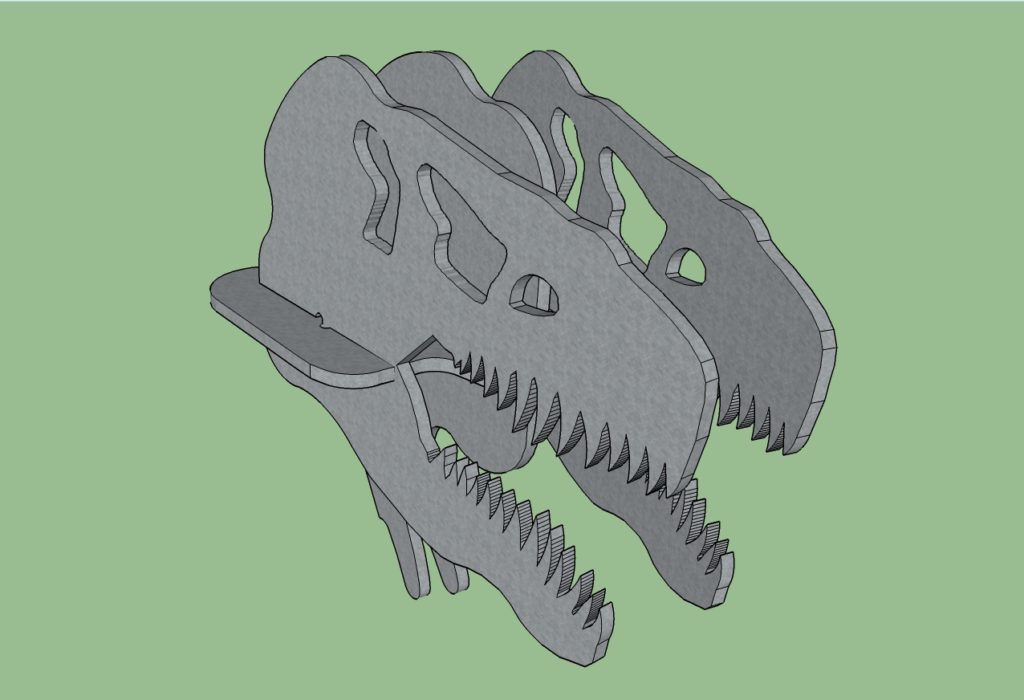
As you can see from the image above, the head is from a downloaded sketchup render of a wooden t-rex model. The original proposal called for the piece to be made of 1/4″ steel and would be approximately 4′ in length, the body of the t-rex would have been 15′ tall. I knew I had seen a different model that was still plane based somewhere and upon searching I found the image below on the epilog laser webpage.
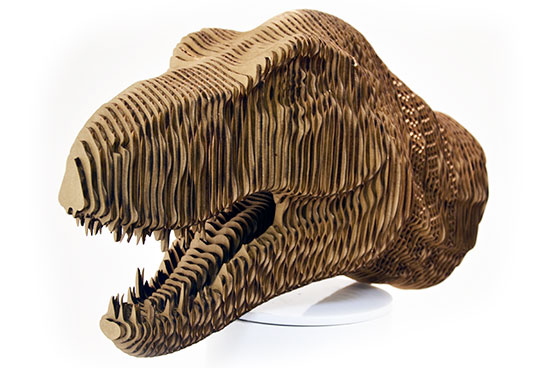
After I downloaded the file I began to play with the vectors in illustrator. The file consisted of almost 100 numbered vector components that could be laser cut to any size desired by the user. The idea however was to keep the essence of the head but lowering the number of planes to make the project achievable. The planes would be cut of 1/8″ steel after all and having the model look like the image above would have made the 8′ long object weigh more than 2 tons.
The plan was then to upload the vectors into sketchup and assemble a virtual version of the head to make it easier for us to find the alignment holes that would need to be added to each plane. Unfortuanely for me, sketchup does not have a native vector upload tool but does have vector output plugins, for native vector upload I had to use Blender.
Once the file was uploaded to blender we could then proceed to export the file as a collada.dae file and natively import it into sketchup.
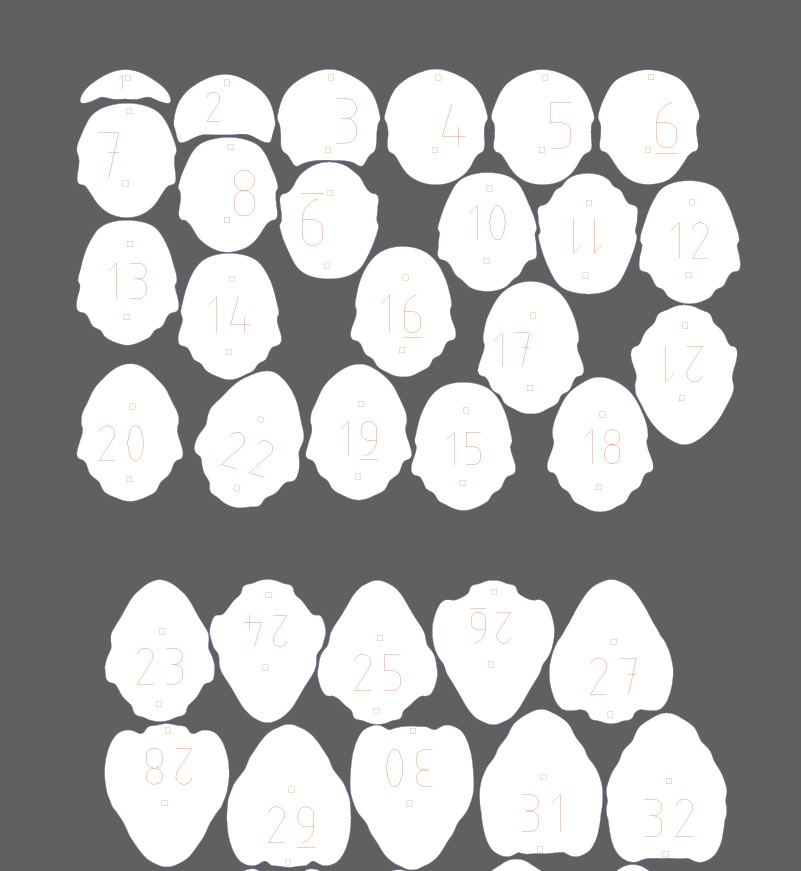
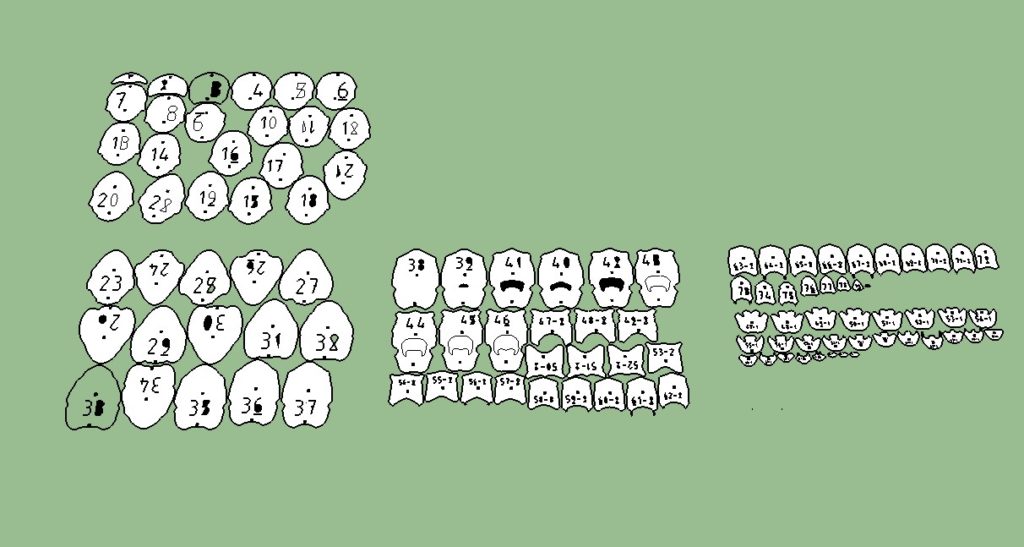
The next steps required fine tuning of the dimensions we were going to utilize for the project. We already had a local source for CNC metal cutting in mind but we had to consider that the largest stock available for the sheet metal was 4’x 8′, this meant that the width of the t-rex could not exceed 3′ 11 3/4″ . The largest planar section of the head was expanded to 3′ 11 3/4″ which dictated the dimensions of the whole project.
The next process required “selection” of the planes that were to be used. The idea was to remove planes in order to remove weight but not remove the essence of the head. I opted for a use 1 skip 3 approach and would later re-evaluate the head to see if it looked right. Lucky for me. It did.
Once the planes were selected, I assembled the head digitally using the registration holes included in the original files. I really have to thank whomever made the file for including those, without them the project would have been a lot more difficult. Once aligned, I proceeded to make my own custom registration- to fit withing a 2″x 2″ square tube.
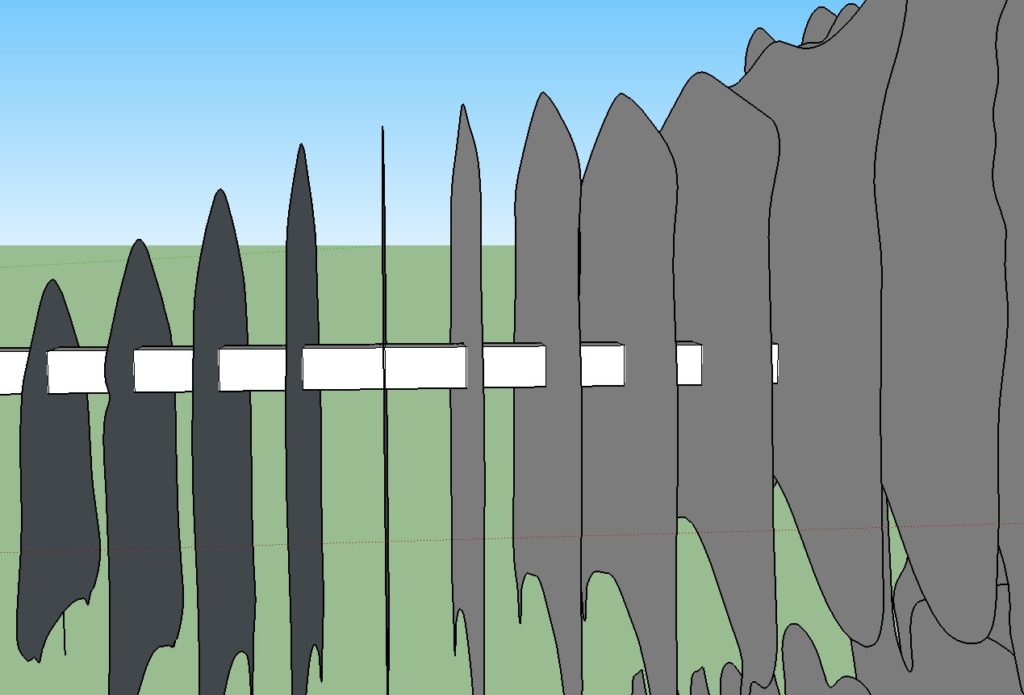
Once assembled digitally, the files were exported as SVGs using a Sketchup plugin. Once exported, the files were individually cataloged as illustrator files and exported as DXFs for plasma cutting.
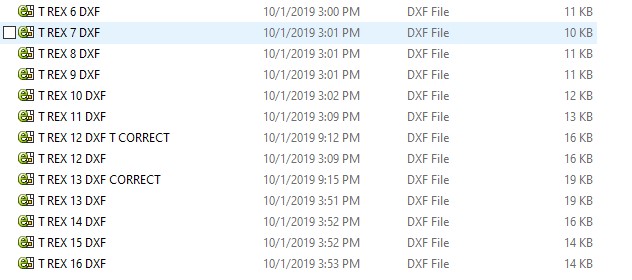
Once all the files were created it was time to head over to Frank’s shop and get everything cut.
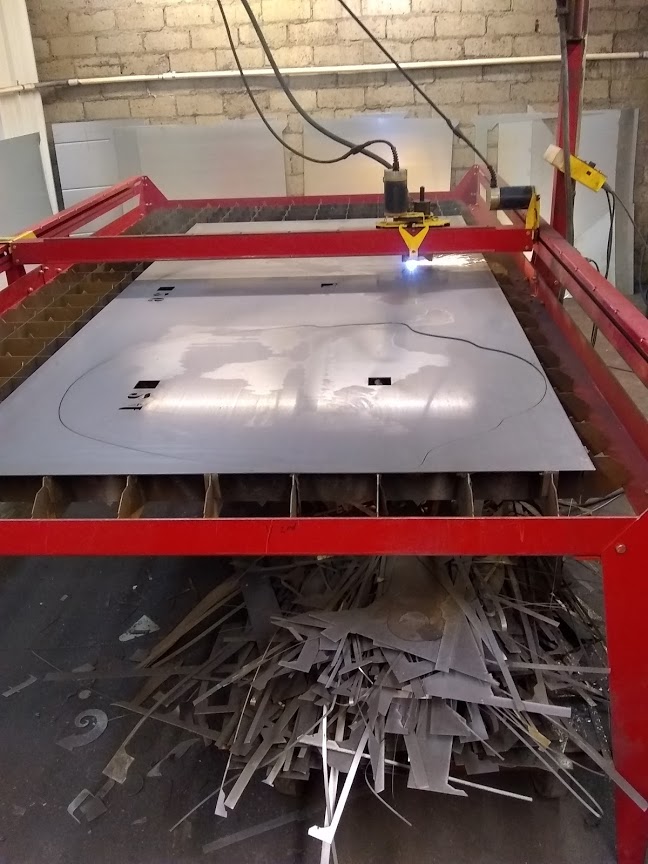
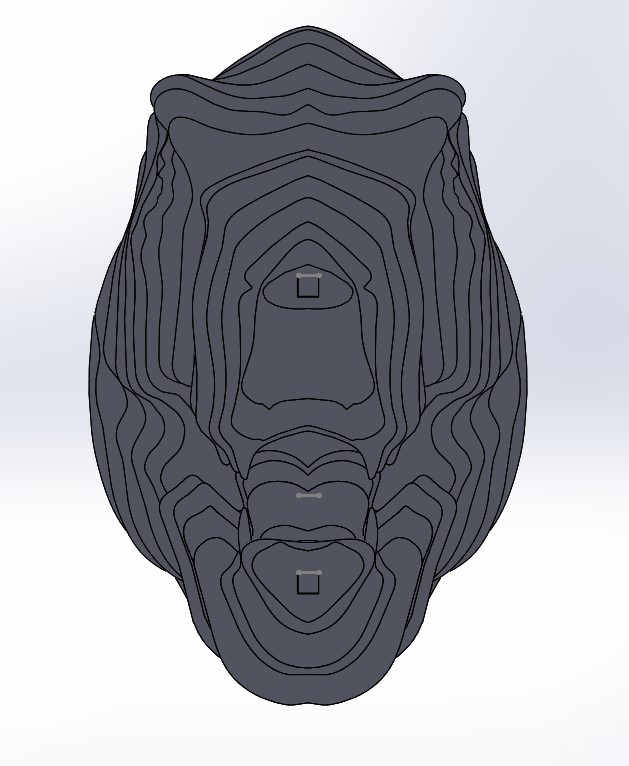
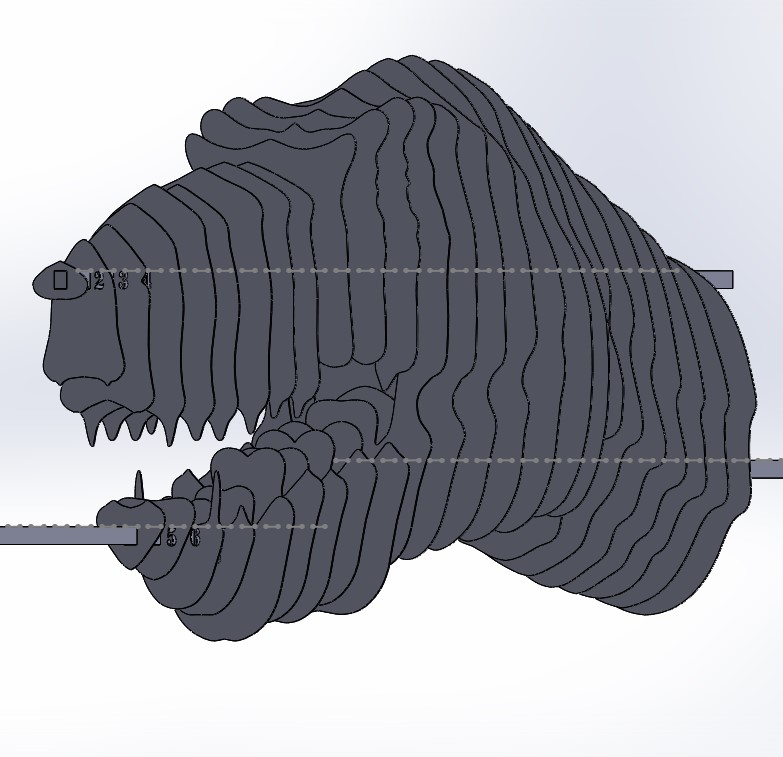
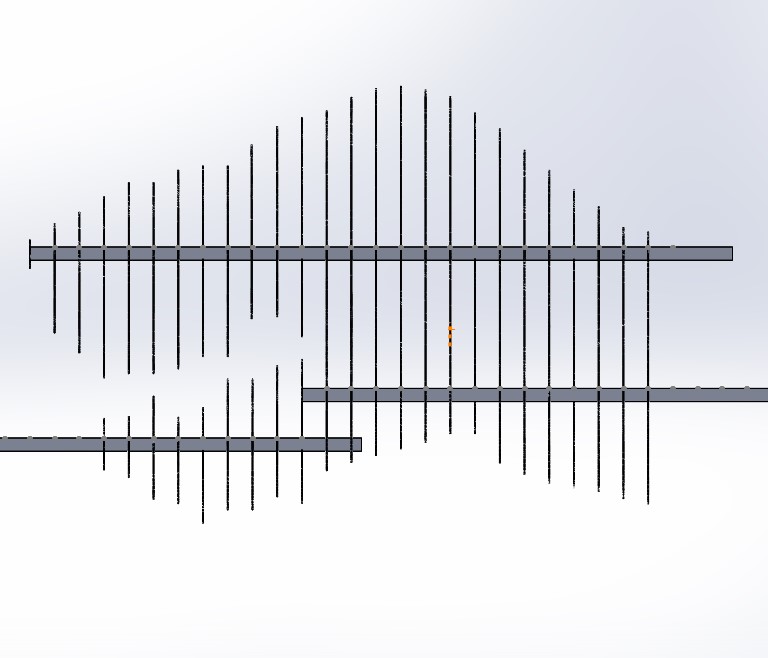
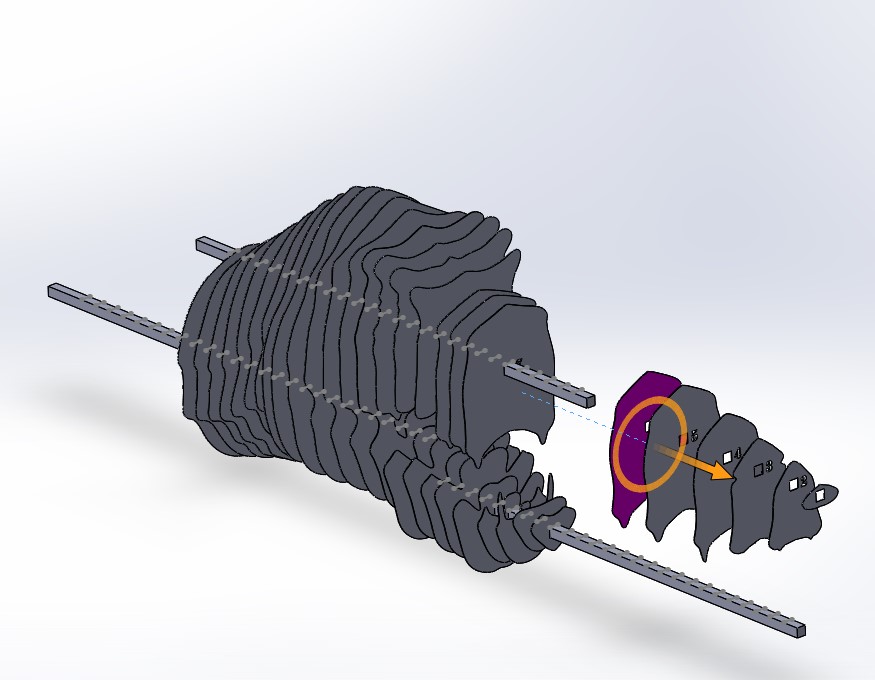
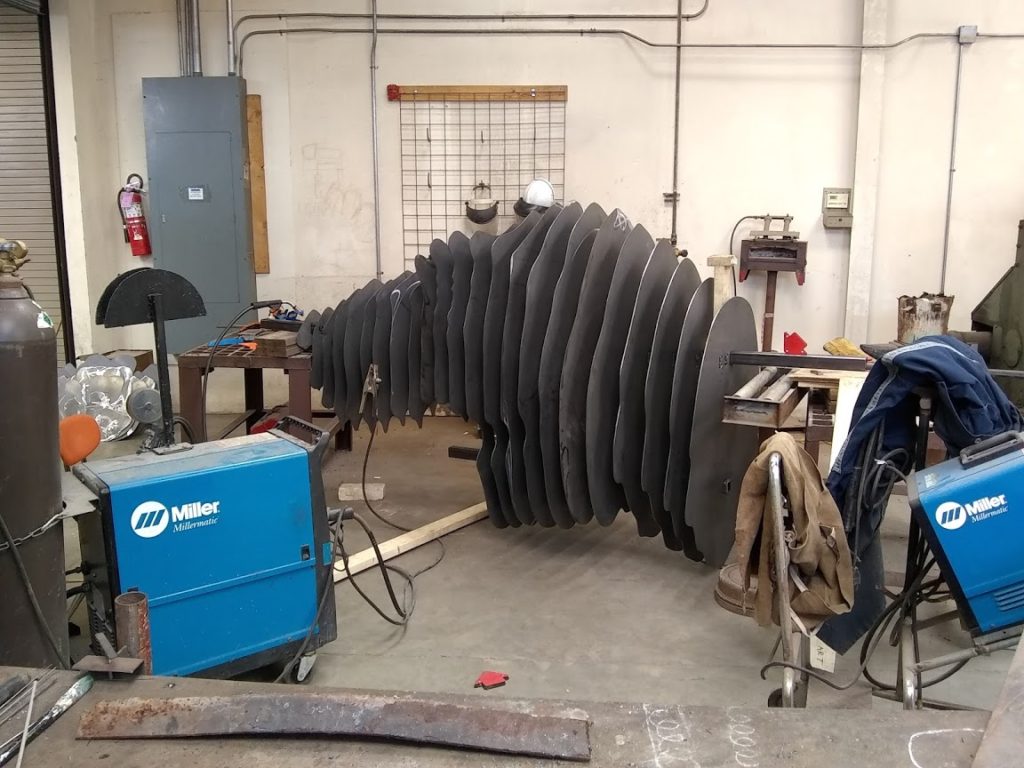
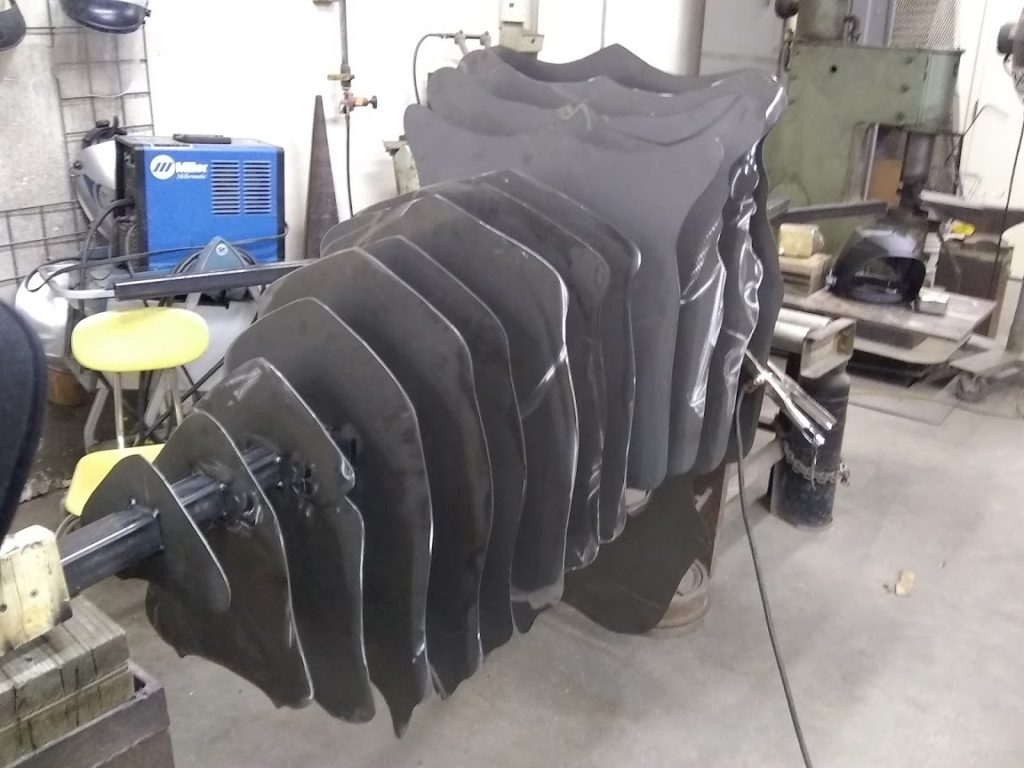
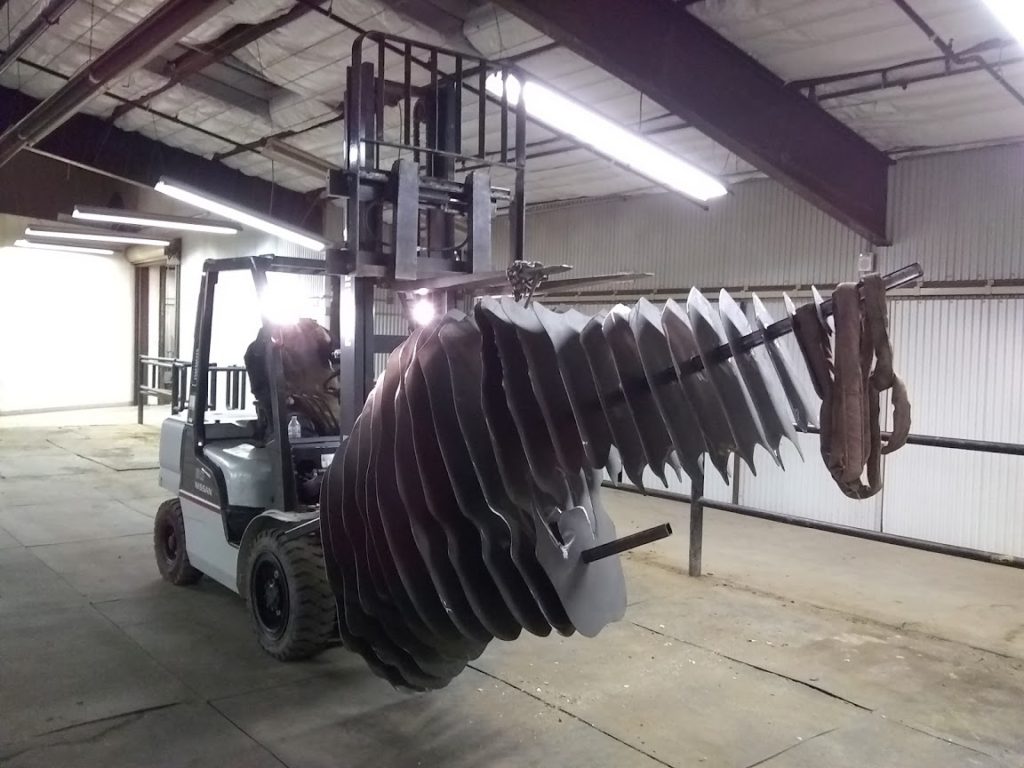
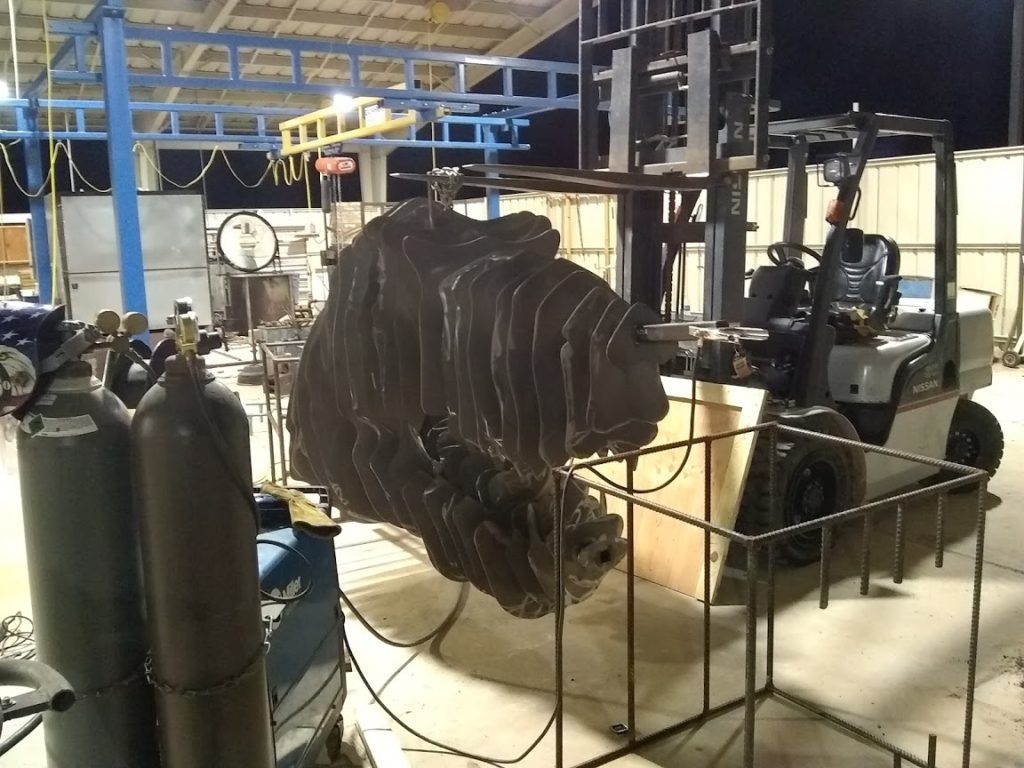

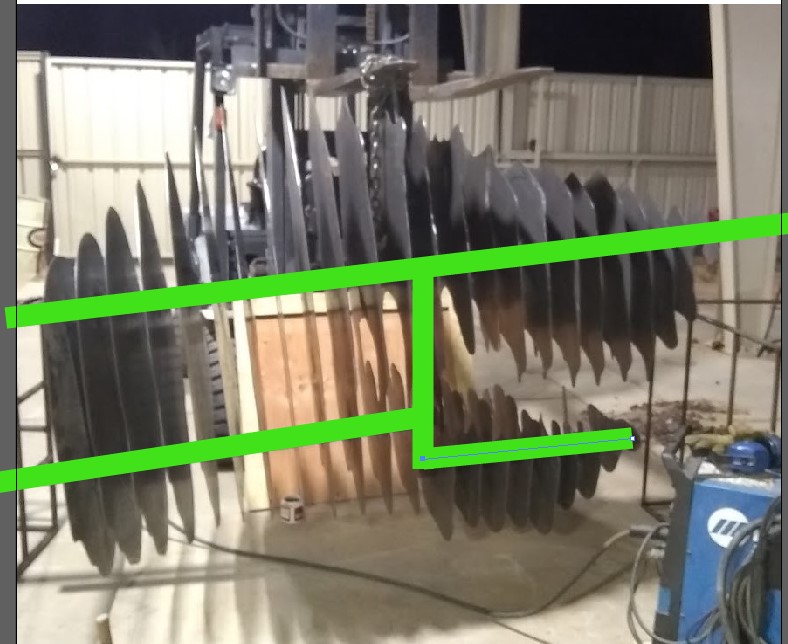
The piece was temporarily displayed in downtown Tucumcari, NM for a large Mainstreet gathering in late September 2019. The piece is finished but we are waiting for the second phase of the project to come to fruition.
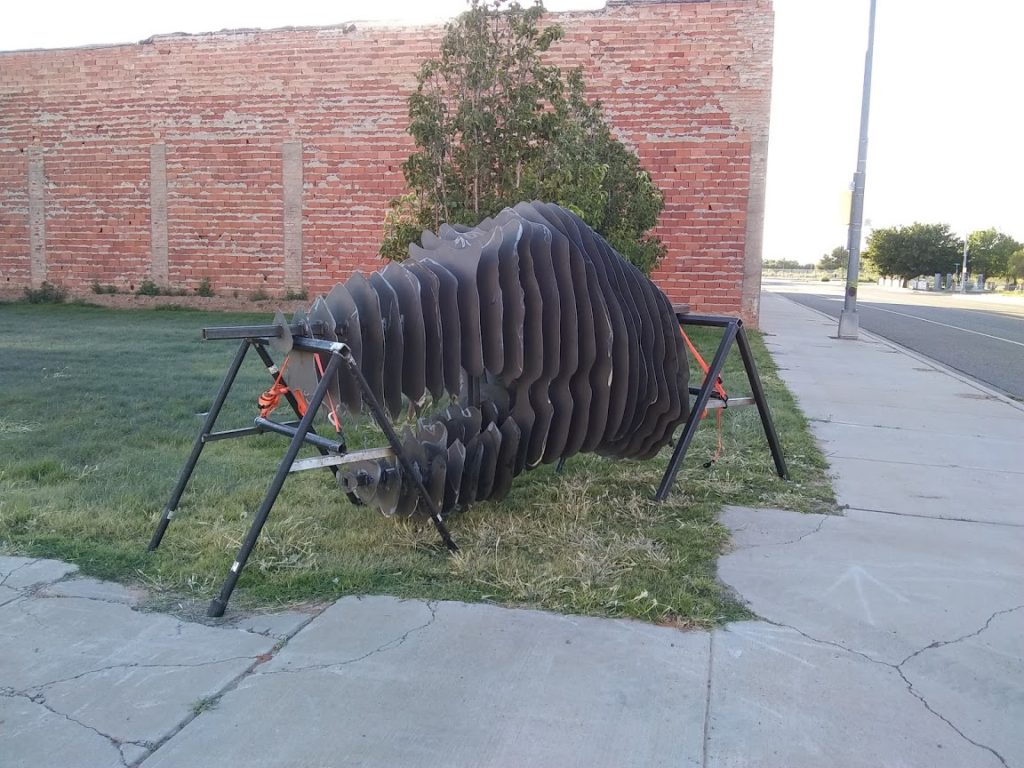
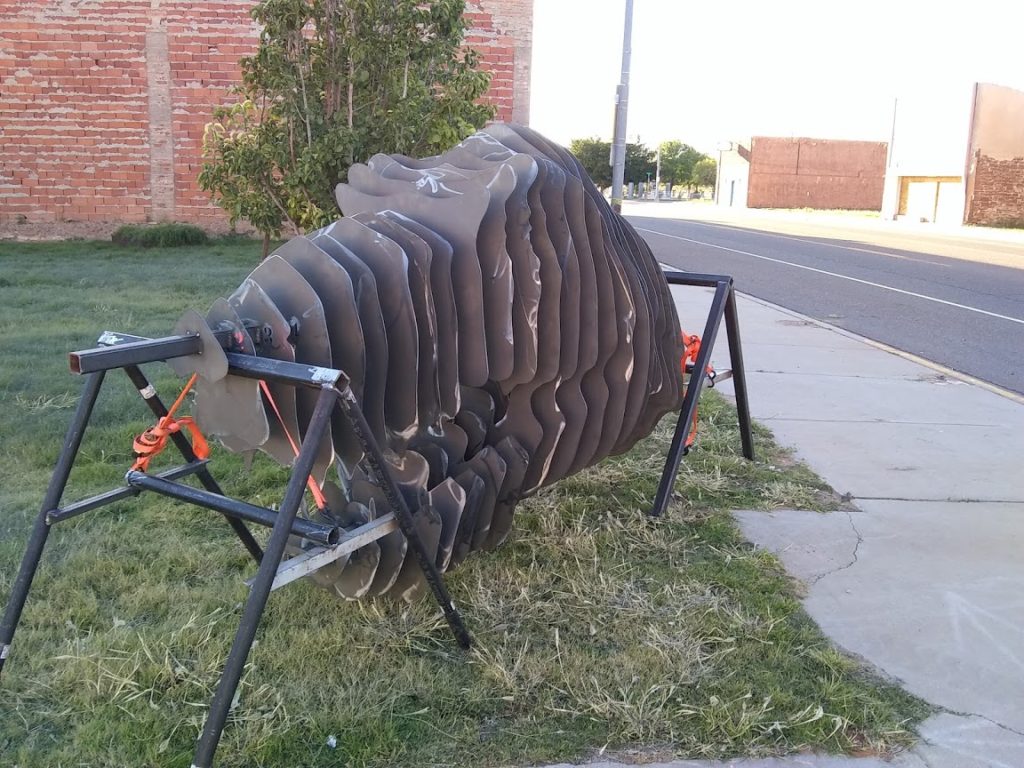
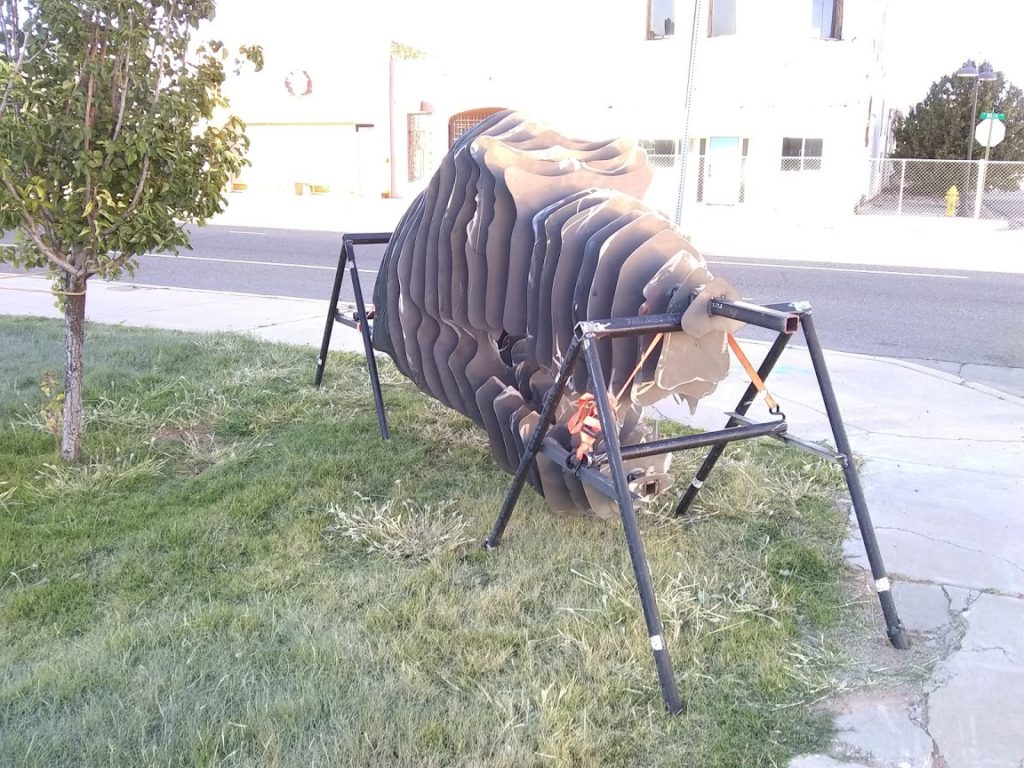
 Follow
Follow